Traditional farming methods have long been the foundation of sustainable agriculture in various parts of the world. However, the rise of industrial farming has put these practices at risk, threatening not only the environment but also the cultural heritage tied to these techniques. As mechanized, large-scale operations dominate agriculture, many of these time-honored methods face extinction. This article explores several traditional farming practices that are currently under threat, highlighting their importance and the factors endangering their survival.
Shifting Cultivation
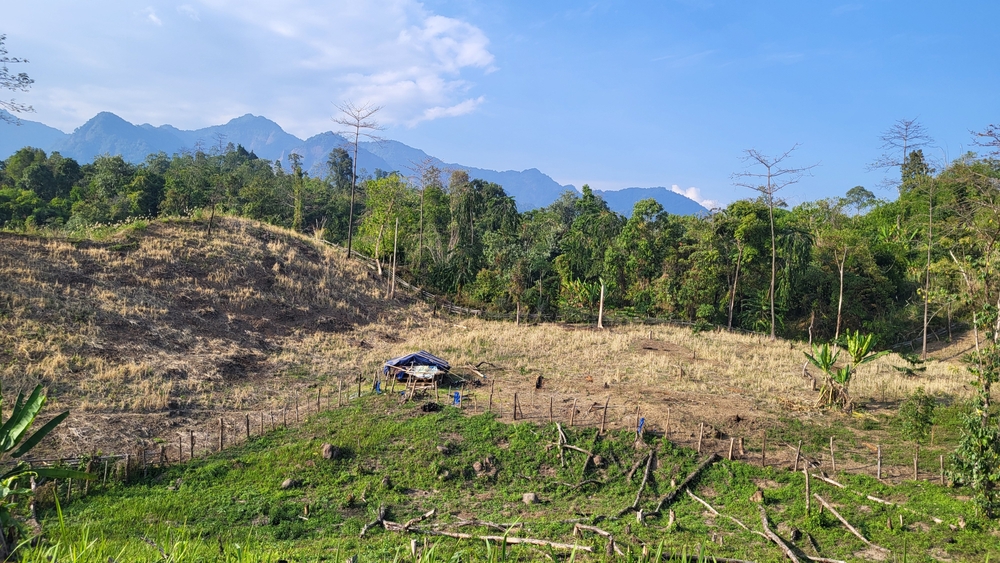
Shifting cultivation, often associated with indigenous communities, involves rotating fields rather than cultivating one permanent plot. This method thrives in tropical regions, including parts of Southeast Asia, Africa, and South America. Farmers clear a piece of land, cultivate crops for a few years, and then move on to allow the soil to regenerate. It allows biodiversity to flourish and prevents soil degradation when left fallow for several years. However, industrial farming, with its need for constant crop production, threatens this ancient practice. Deforestation to make space for permanent agriculture puts pressure on the land traditionally used for this method. Further, policies pushing for land consolidation undermine shifting cultivation’s cyclical nature. The gradual loss of knowledge associated with this technique is another growing concern. It promotes ecosystem balance by giving nature time to restore soil fertility. Yet, many governments view it as backward, increasing its risk of disappearance.
Agroforestry
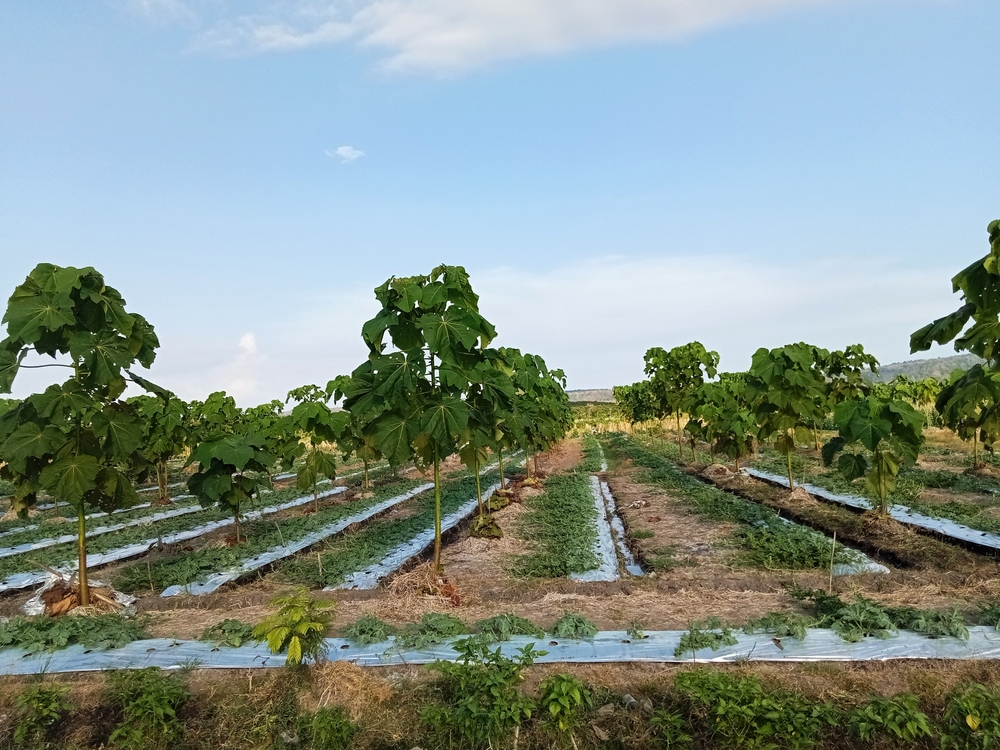
Agroforestry involves integrating trees and shrubs into crop and livestock systems, which has been a cornerstone in sustainable farming practices across Africa, Latin America, and Asia. This method enhances biodiversity, improves soil fertility, and provides a stable microclimate for crops. Farmers in regions like the Sahel in Africa have long used it to combat desertification and maintain ecological balance. Industrial agriculture’s focus on monoculture threatens this approach, as large-scale mechanized farming often requires clearing trees to maximize yield. Additionally, agroforestry systems are labor-intensive, which makes them less appealing in industrial models that prioritize efficiency and profit. The drive to standardize farming and increase output marginalizes this traditional practice. The loss of it could exacerbate issues like soil erosion and deforestation. In regions like Brazil, it has successfully helped restore degraded land. However, the lure of immediate profits from industrial crops challenges its long-term sustainability.
Terracing
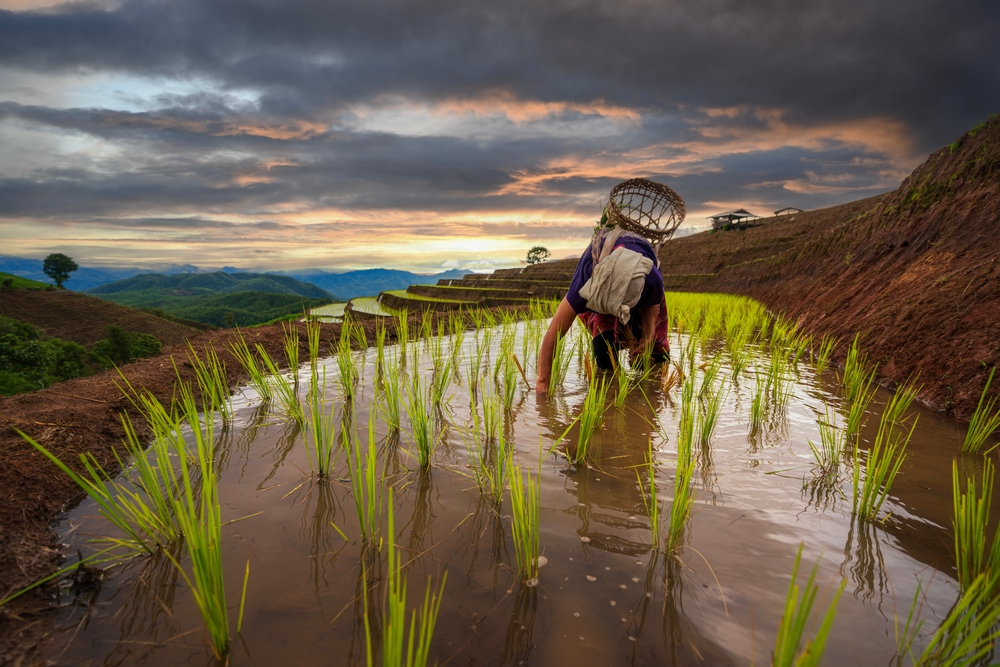
Terracing is an ancient farming technique used in mountainous regions, especially in Southeast Asia, the Andes, and parts of East Africa. It involves carving steps into hillsides to prevent soil erosion and manage water efficiently. It allows farmers to grow crops on otherwise challenging terrains, such as rice in Southeast Asia or maize in the Andean highlands. Industrialization poses a threat to this system due to land consolidation and the push for larger, flat tracts of land for machine use. It is labor-intensive, making it less profitable in comparison to industrial models that rely heavily on machinery. The cultural and historical significance of terrace farming is also at risk, as younger generations increasingly turn to more lucrative urban jobs. Climate change, leading to unpredictable rainfall, further strains this ancient practice. In places like Peru and Nepal, terrace farming is still critical for local economies, but external pressures are mounting. Without protection, entire landscapes could become unsuitable for agriculture due to erosion.
Biodiverse Crop Systems
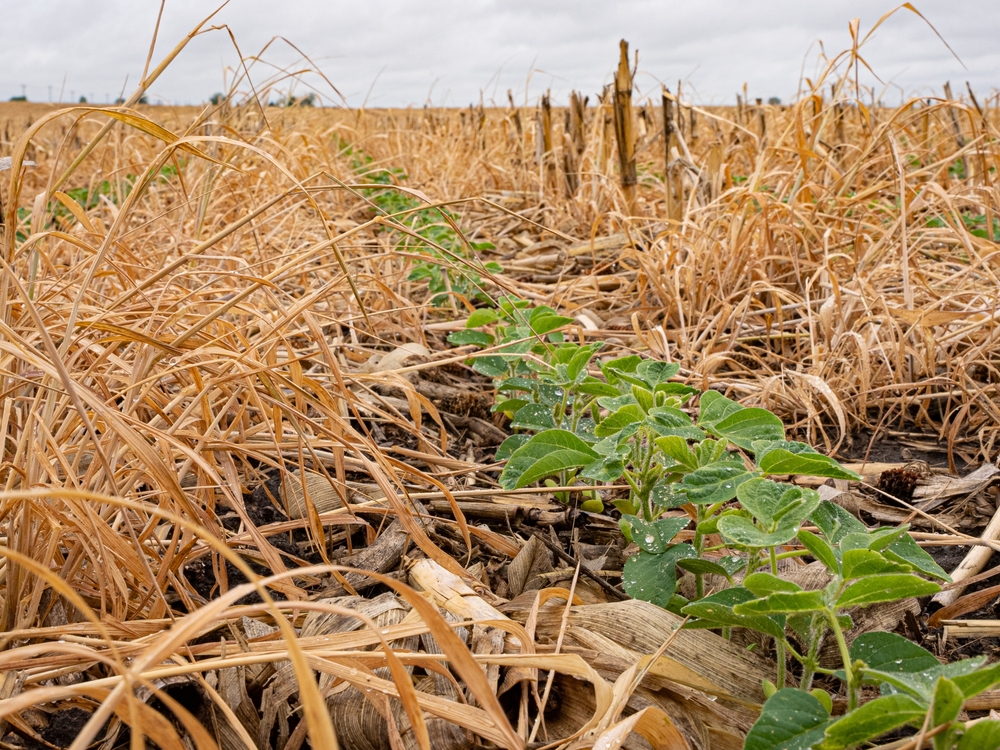
Traditional farming methods often involve growing a variety of crops simultaneously, which is typical in regions like West Africa, India, and Mexico. Known for maintaining soil fertility and reducing pest outbreaks, these biodiverse systems are highly sustainable. However, monoculture—central to industrial farming—threatens this approach. Large-scale production of a single crop may be more profitable, but it diminishes soil health and increases vulnerability to diseases. The shift towards monocultures leads to the loss of genetic diversity, which could result in decreased resilience to climate change and pests. Additionally, biodiverse systems often require more hands-on labor, something industrialized systems aim to minimize. The globalization of agriculture further pushes small farmers away from their traditional polycultures, making them less competitive in the market. In places like India, farmers have found success by holding onto crop diversity, but global market forces continue to apply pressure.
Pastoralism
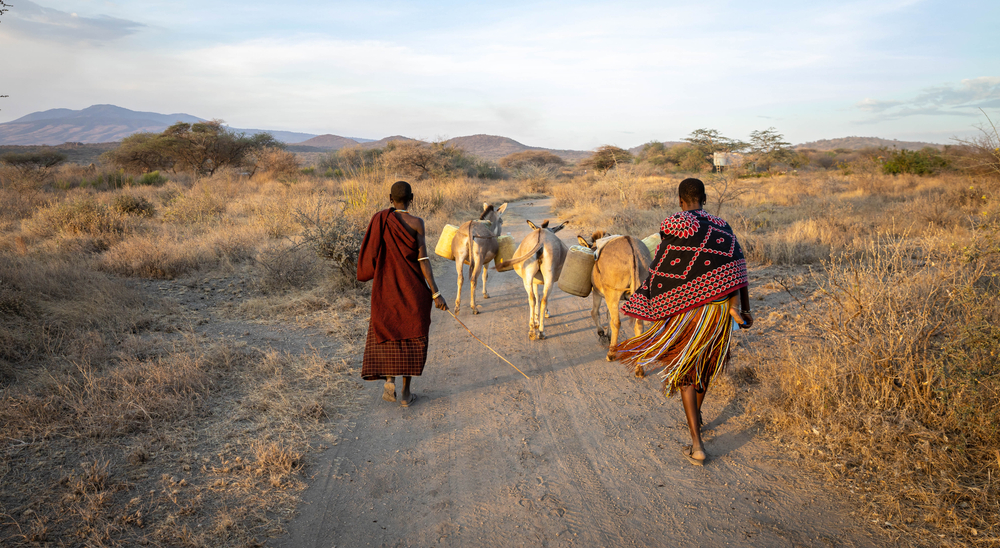
Pastoralism, a nomadic lifestyle reliant on livestock, has been a central practice in Africa, Central Asia, and the Middle East for centuries. It allows communities to adapt to arid environments and relies on seasonal migrations to graze animals. Industrialization threatens this practice by encroaching on grazing lands and pushing for sedentary livestock farming. Modern agriculture’s expansion into previously open land limits the mobility required for pastoralists to thrive. Furthermore, climate change exacerbates challenges, as droughts reduce available pasture and water resources. Governments often favor industrialized farming, leading to policies that restrict pastoralist movement. As land becomes privatized, the survival of this age-old tradition is jeopardized. Despite challenges, pastoralists in places like Kenya have found ways to incorporate modern technology, but the loss of grazing land remains an existential threat.
Zai Farming

Zai farming, originating from West Africa, particularly Burkina Faso, is a soil restoration technique that involves digging small pits to catch rainwater and compost. This traditional practice has helped revitalize arid lands and combat desertification, especially in regions affected by climate change. However, the expansion of industrial farming and urbanization threatens the land on which this method relies. Large-scale farms often ignore the delicate balance required in arid environments, leading to overuse of water resources. It requires local knowledge and community involvement, both of which are diminishing as younger generations move towards industrial agriculture. The method is also labor-intensive, making it less attractive in modern contexts that prioritize efficiency over sustainability. In regions of the Sahel, it has shown remarkable success in increasing crop yields.
Chinampas
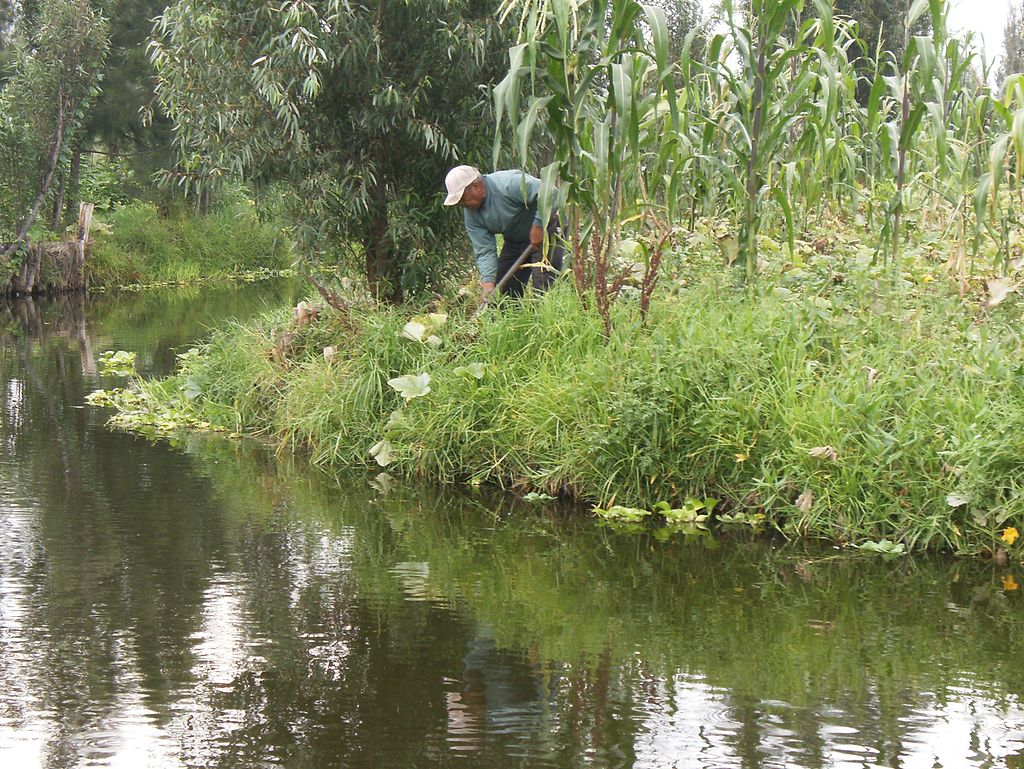
Chinampas, a traditional Mesoamerican farming system from Mexico, involves creating small, rectangular areas of fertile land in shallow lake beds. These “floating gardens” have been crucial for local food production, especially during times of scarcity. Industrialization and urban sprawl threaten these delicate ecosystems, as lakes are drained and land is repurposed for commercial agriculture. The rise of chemical fertilizers and pesticides also undermines the organic nature of chinampas, which rely on natural composting. Additionally, the cultural significance of this method is fading as younger farmers adopt more industrialized techniques. Without efforts to preserve the knowledge of chinampa farming, this ancient practice could be lost. Despite being highly efficient and environmentally friendly, these are increasingly under threat from urban development around Mexico City.
Slash-and-Burn Agriculture
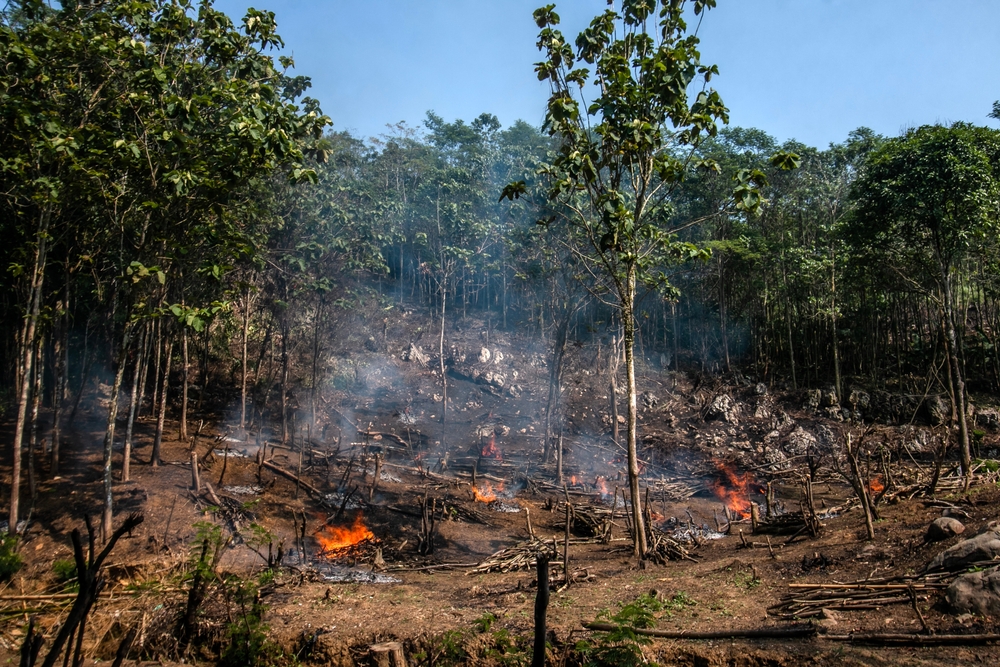
Slash-and-burn agriculture, used by indigenous peoples in tropical regions like the Amazon and parts of Africa and Southeast Asia, involves clearing forested land by cutting and burning vegetation. This technique is crucial for sustaining small-scale agriculture in nutrient-poor soils. However, industrial agriculture’s need for large-scale production threatens this practice. The expansion of monocultures such as soy and palm oil plantations often results in deforestation, reducing the availability of land for slash-and-burn. Environmental policies aimed at halting deforestation also target traditional farming practices, sometimes without distinguishing them from destructive industrial activities. Climate change compounds these issues, as increasing droughts make slash-and-burn agriculture less viable. Slash-and-burn farming, when practiced sustainably, supports diverse ecosystems.
Raised-Bed Farming

Raised-bed farming has been used by communities in Europe, South America, and parts of Africa to improve soil drainage and warmth for growing crops. This technique allows for better root growth and is especially effective in areas prone to flooding or with heavy clay soils. Industrial farming’s emphasis on uniform, large plots of land diminishes the viability of raised-bed farming, as mechanized equipment is often too large to navigate these small, elevated plots. The introduction of chemical fertilizers and advanced irrigation systems also decreases the perceived need for traditional soil management techniques like raised beds. This method requires more manual labor, which conflicts with industrial farming’s push for efficiency. In many areas, urban expansion is encroaching on land traditionally used for raised beds, reducing space for this technique. Climate change, resulting in more erratic rainfall patterns, further challenges raised-bed farming. However, these have been shown to conserve water and improve yields in drought-prone regions, proving their relevance in modern sustainable farming efforts. Efforts to integrate raised-bed systems with modern practices could provide a sustainable alternative to full-scale industrialization.
Horticultural Polyculture

Horticultural polyculture involves growing multiple crops in the same space, a method long practiced in Southeast Asia, West Africa, and parts of Latin America. This system fosters biodiversity, reduces pest outbreaks, and improves soil health over time, making it highly sustainable. Industrial agriculture threatens this practice by favoring monocultures, which focus on growing a single crop to maximize yield. The shift towards monoculture depletes soil nutrients, increases the need for chemical inputs, and erodes biodiversity, which polyculture systems rely on to remain healthy. Additionally, the mechanization required for large-scale farming is incompatible with the close planting required in polyculture, which often involves small, interwoven plots. As modern agricultural practices become more dominant, traditional polyculture methods are being sidelined. Yet, its ability to build soil resilience and combat pests naturally makes it a critical component in sustainable agriculture efforts.
Millet Farming
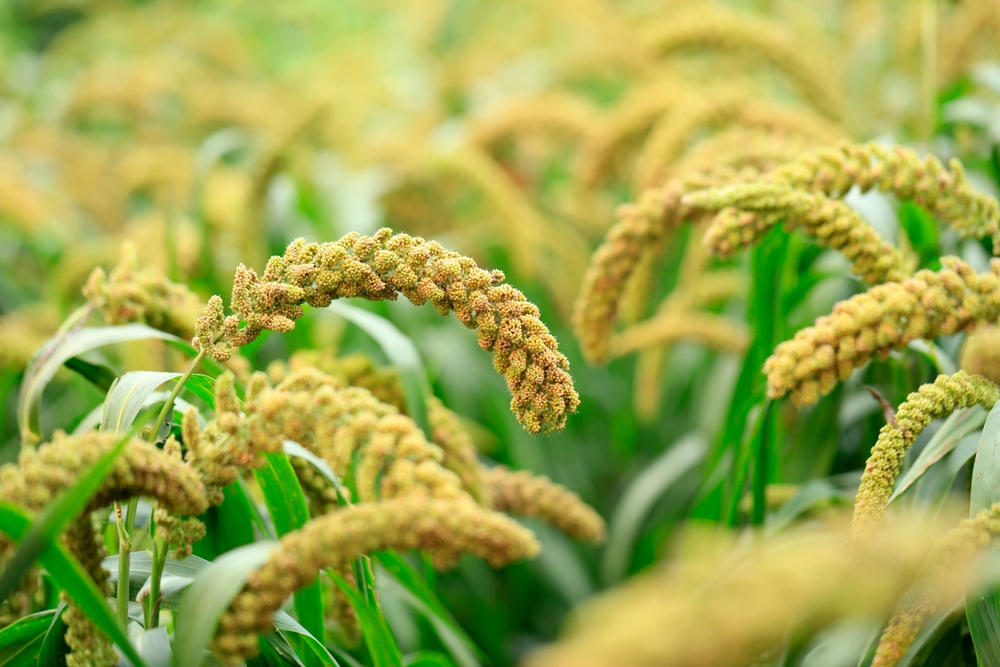
Millet has been a staple crop in semi-arid regions like India, Africa, and China for centuries. It thrives in poor soils and requires minimal water, making it ideal for dry climates. However, the global rise of wheat and maize production, driven by industrial agriculture, threatens it. These industrial crops are often heavily subsidized, making them more attractive to farmers despite millet’s resilience and nutritional benefits. Additionally, it is labor-intensive to process compared to industrial crops, which rely on large-scale machinery. As food systems become more globalized, it is increasingly marginalized in favor of more commercially viable crops. Climate change, however, offers a potential silver lining, as its drought tolerance could make it a valuable resource in water-scarce regions. It not only sustains communities in harsh climates but also supports biodiversity. Its preservation is crucial for food security in regions where water scarcity is an ongoing concern.
Rotational Grazing
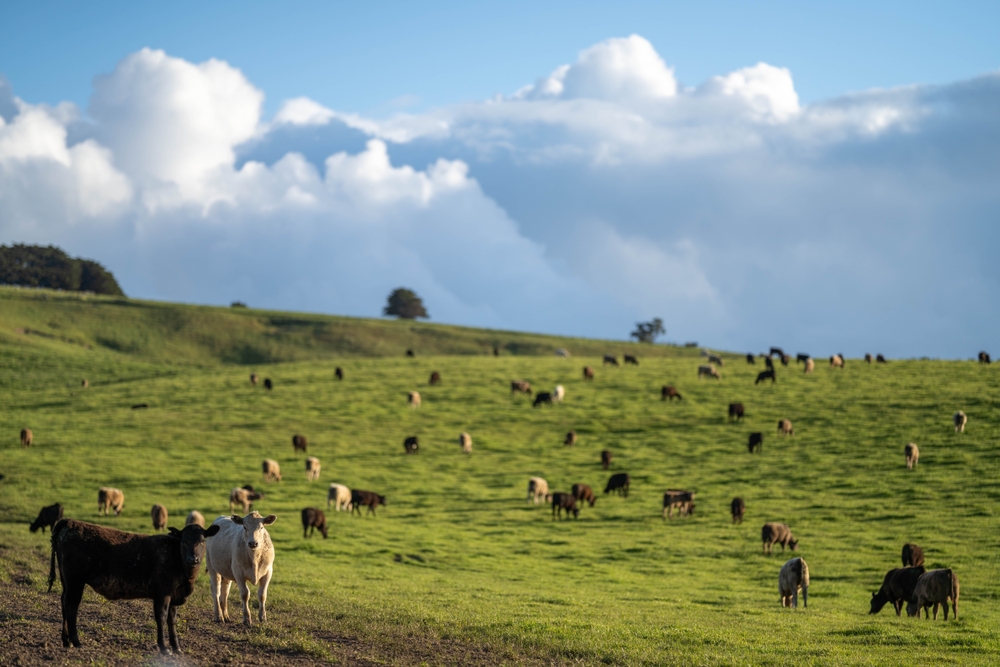
Rotational grazing, where livestock are moved between different pastures to prevent overgrazing, has long been practiced in areas like North America, Europe, and Africa. This method allows land to regenerate naturally, improving soil health and reducing the risk of disease among animals. Industrial farming threatens rotational grazing by favoring large-scale feedlots, where animals are kept in confined spaces for fattening. These industrial operations prioritize efficiency and high output, often leading to overuse of land, pollution, and poor animal welfare. The loss of rotational grazing reduces the land’s ability to recover, leading to soil degradation and the loss of plant species that support healthy ecosystems. Furthermore, it requires extensive knowledge of land management, something industrial farming practices often overlook. Despite this, it has proven benefits for biodiversity and land restoration. It offers a sustainable alternative to the damaging practices of industrial livestock farming.
Water Harvesting Techniques

Water harvesting techniques, practiced in arid regions like North Africa, the Middle East, and parts of India, involve capturing and storing rainwater for agricultural use. It is essential in areas with unreliable rainfall and has allowed communities to thrive in otherwise inhospitable environments. Industrial farming threatens water harvesting through large-scale irrigation systems that often deplete local water sources and reduce the need for traditional water conservation methods. The expansion of industrial farms also leads to the diversion of natural watercourses, making it difficult for small-scale farmers to access the water they need for their crops. Additionally, the push for more extensive, monoculture farms reduces the available space for these intricate water capture systems.
This article originally appeared on Rarest.org.
More from Rarest.org
8 Most Collectible Vintage Christmas Ornaments
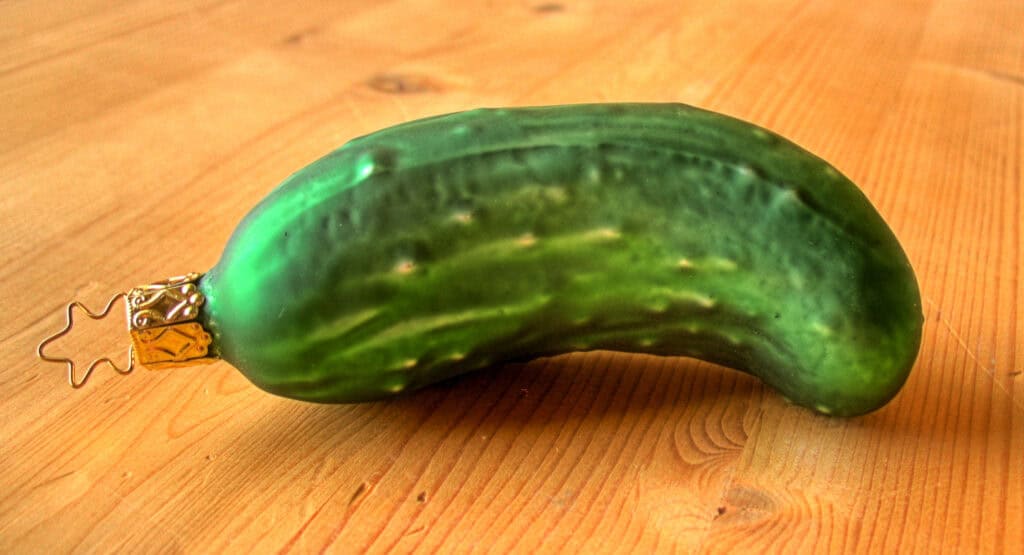
Vintage Christmas ornaments hold a special charm, making them highly sought after by collectors. Their history and craftsmanship add to their appeal, transforming them into treasured keepsakes. Read More.
15 Majestic Birds of Prey That Inhabit Rugged Mountains

Rugged mountain landscapes are home to some of the most awe-inspiring and powerful birds of prey on the planet. These majestic raptors have evolved to thrive in harsh, high-altitude environments, where their strength, agility, and keen hunting skills are put to the test. Read More.
9 Most Expensive Vintage Porcelain Figurines Ever Collected

Porcelain figurines have long been treasured for their intricate craftsmanship and delicate beauty. Collectors are willing to pay extraordinary amounts for rare, vintage pieces that carry historical value and artistic elegance. Read More.
